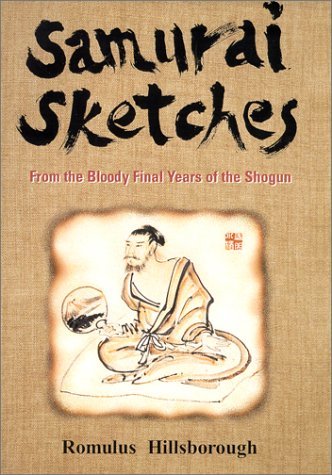What do you think?
Rate this book


The final years of the samurai were an age of unprecedented turmoil and bloodletting in Japan. They heralded the end of nearly three centuries of rule under the Shogun. The rule of law was deteriorating, assassination and murder were rampant, and inner-fighting among the samurai embroiled the nation.
Samurai Sketches are, to quote the author, "accurate portrayals of the heart and soul of the samurai, the social and political systems of whom have, like the Japanese sword, become relics of a distant age, but the likes of whose nobility shall never again be seen in this world." The book is a collection of historical sketches from the bloody final years of the Shogun, never before depicted in English.
"While these sketches are indeed authentic accounts of historical figures and events, Hillsborough has written them in a literary style similar to the short story," writes distinguished Japanese historian Kiyoharu Omino in the Introduction to Samurai Sketches. "Accordingly, the reader's perception of them will greatly depend on his or her imagination, and each reader will certainly perceive these sketches differently, depending on the subtle intricacies of his or her mind's eye. Similarly, just as the world created by Akira Kurosawa belongs distinctly to that famous director of samurai films, the world depicted by the author of Samurai Sketches is uniquely his own."
In recounting what he terms "the great epic which was the dawn of modern Japan," Hillsborough applies his long years of research and keen perception of things Japanese to delve deeply into the psyche of the men of the samurai class. Brought to life are not merely warriors of a distant age and culture, but also "human beings, both good and bad, who suffer the same pangs of body and mind as all of us.
Hillsborough spent 16 years in Japan, studying the language, history and culture. His extensive research includes 80 books about this period of Japanese history. He has traveled extensively in those areas of Japan where the revolution unfolded, including the historical cities of Kyoto, Nagasaki, Kagoshima, Kochi, and the picturesque fishing village of Tomo-no-Ura on the Inland Sea.
236 pages, Hardcover
First published November 7, 2000